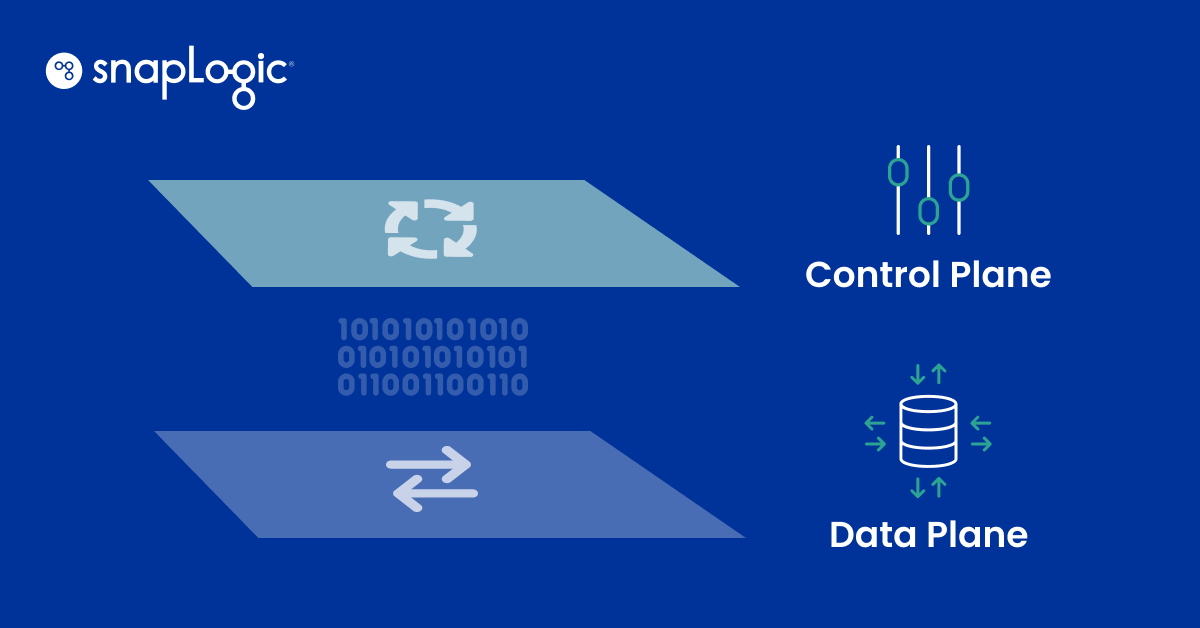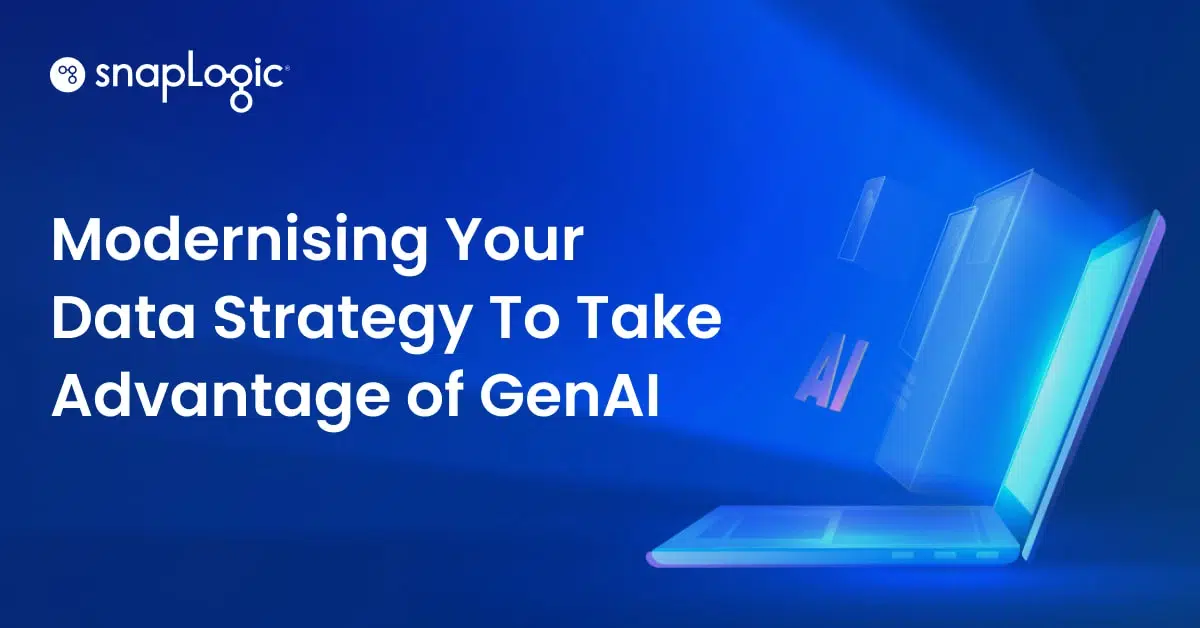That enterprises are inundated with a flood of data is not a new phenomenon; companies have been grappling with big data for more than a decade. But the ability to actually harness vast amounts of data to gain a competitive advantage is, in fact, making news – with profound implications for Human Resources (HR) organizations everywhere, as they start to use predictive talent models to identify, recruit, develop, and retain the right people.
Organizations that learn how to exploit data-driven HR have a significant opportunity to improve shareholder value. A Bersin by Deloitte study found that companies adept at using people analytics realize stock returns that are 30 percent higher than the S&P 500, and HR teams using data to drive their decisions are four times more likely to be respected by their counterparts.
The first step: Getting the right data
Data-driven decision-making can be built using a phased approach, dictated by an organization’s overall digital maturity. For example, artificial intelligence (AI) is permeating the enterprise; by 2021, an estimated 40% of new enterprise applications implemented by service providers will include AI technologies. So, it’s no longer radical to bring in AI to optimize key HR processes. HR solutions are weaving in game-changing machine learning capabilities and predictive analytics into their software.
The challenge is not about the adoption of such software. The real challenge is how to get the right data into such analytics solutions. Relevant data is spread across the enterprise and beyond; the social media feeds about your enterprise can also act as data points to understand the employee sentiment, which can help predict their engagement or retention.
Data is disrupting human capital management
If you are part of a business HR organization, don’t feel left out of the new, data-driven way of thinking that is sweeping across your enterprise. It’s disrupting human capital management (HCM), a function that is ripe for digital transformation. The data-savviness of enterprise HR teams lags in comparison to enterprise counterparts such as finance, sales, marketing, and operations.
Metrics and KPIs need to be more relevant today in HR than ever before. Data-driven HR analytics can be readily deployed to help HR managers address the function’s most tenacious challenges, right now:
- Optimize hire-to-retire and talent recruitment processes
- Fix the fragmented employee experience
- Speed up onboarding processes for employee and contingent workforces
- Increase employee engagement
Data integration is the first step
Perhaps paradoxically, the number-one challenge HR organizations face when trying to digitally transform themselves is the access to data itself. Analytics tools are only as good as the data they can address. If HR data is inaccurate, inconsistent and/or hard to access, and is distributed across multiple data and application silos, the first step toward Digital HR is data integration. However, IT no longer needs to be leading the charge for data access by HR professionals. The right data integration tools put the power into business users’ hands, allowing them to bring together all the relevant data required to make informed, strategic decisions.
SnapLogic’s new white paper, “Data-driven: Disrupting the HR organization of the future,” explores the technology realities hampering HR organizations as they strive to transform into a more data-driven, analytic function. It also presents data integration solutions from SnapLogic as a key enabler of Digital HR, allowing HR professionals to easily access and integrate the data they need quickly, without IT intervention. Download it here.
Watch our November 1 webcast, “Accelerate Your Workday Integration into Modern Enterprise Environments,” and learn how to optimize your hire-to-retire process, reducing time and cost by up to 90 percent.










